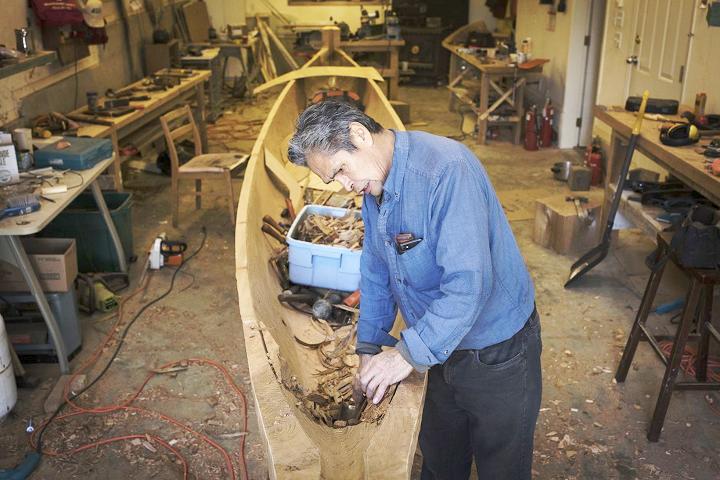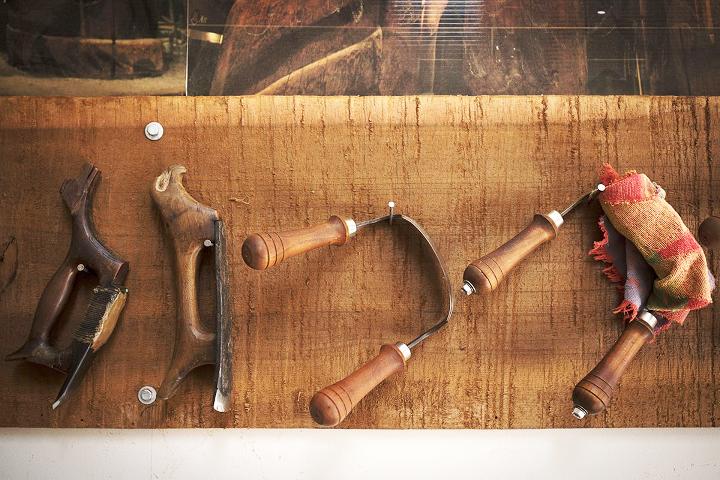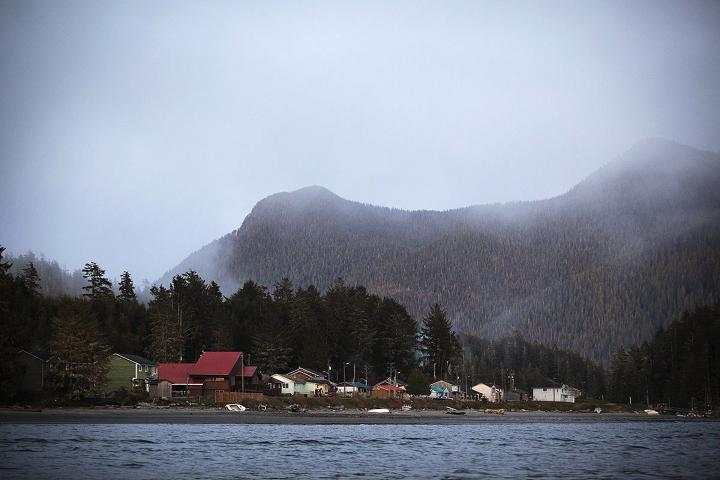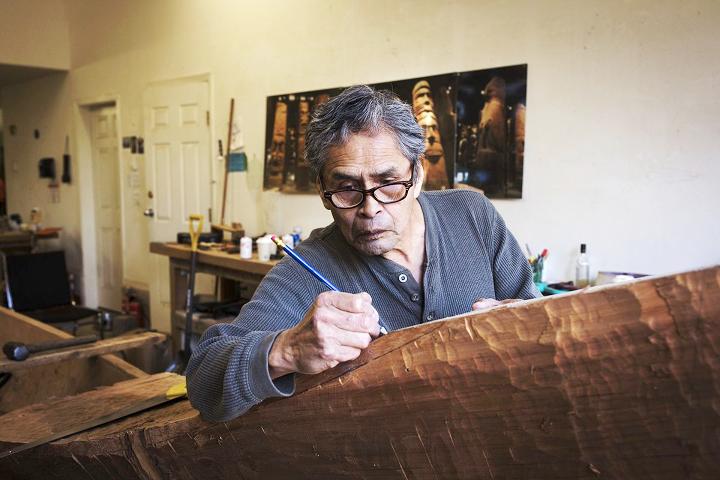 |
Canku Ota
|
 |
|
(Many Paths)
|
||
|
An Online Newsletter
Celebrating Native America
|
||
|
August 2020 - Volume
18 Number 8
|
||
|
|
||
|
How This Carver Is
Keeping Nuu-Chah-Nulth Traditions Afloat
|
||
|
by Melissa Renwick -
Special to The Globe and Mail
|
||
|
For Joe Martin,
the dying art of dugout-canoe making is an inheritance from his
father that he has a duty to preserve. As a boy from the Tla-o-qui-aht
First Nation off Vancouver Island, picking up carving skills was
as natural as fishing or hunting. Now, at 66, he wants to pass on
the craft to the young people of his community
|
||||||||||||||
|
|
|
|
||
|
|
||
| Canku Ota is a free Newsletter celebrating Native America, its traditions and accomplishments . We do not provide subscriber or visitor names to anyone. Some articles presented in Canku Ota may contain copyright material. We have received appropriate permissions for republishing any articles. Material appearing here is distributed without profit or monetary gain to those who have expressed an interest. This is in accordance with Title 17 U.S.C. Section 107. | ||
|
Canku Ota is a copyright ©
2000 - 2020 of Vicki Williams Barry and Paul Barry.
|
||
 |
 |
|
|
The "Canku
Ota - A Newsletter Celebrating Native America" web site and
its design is the
|
||
|
Copyright ©
1999 - 2020 of Paul C. Barry.
|
||
|
All Rights Reserved.
|
||






